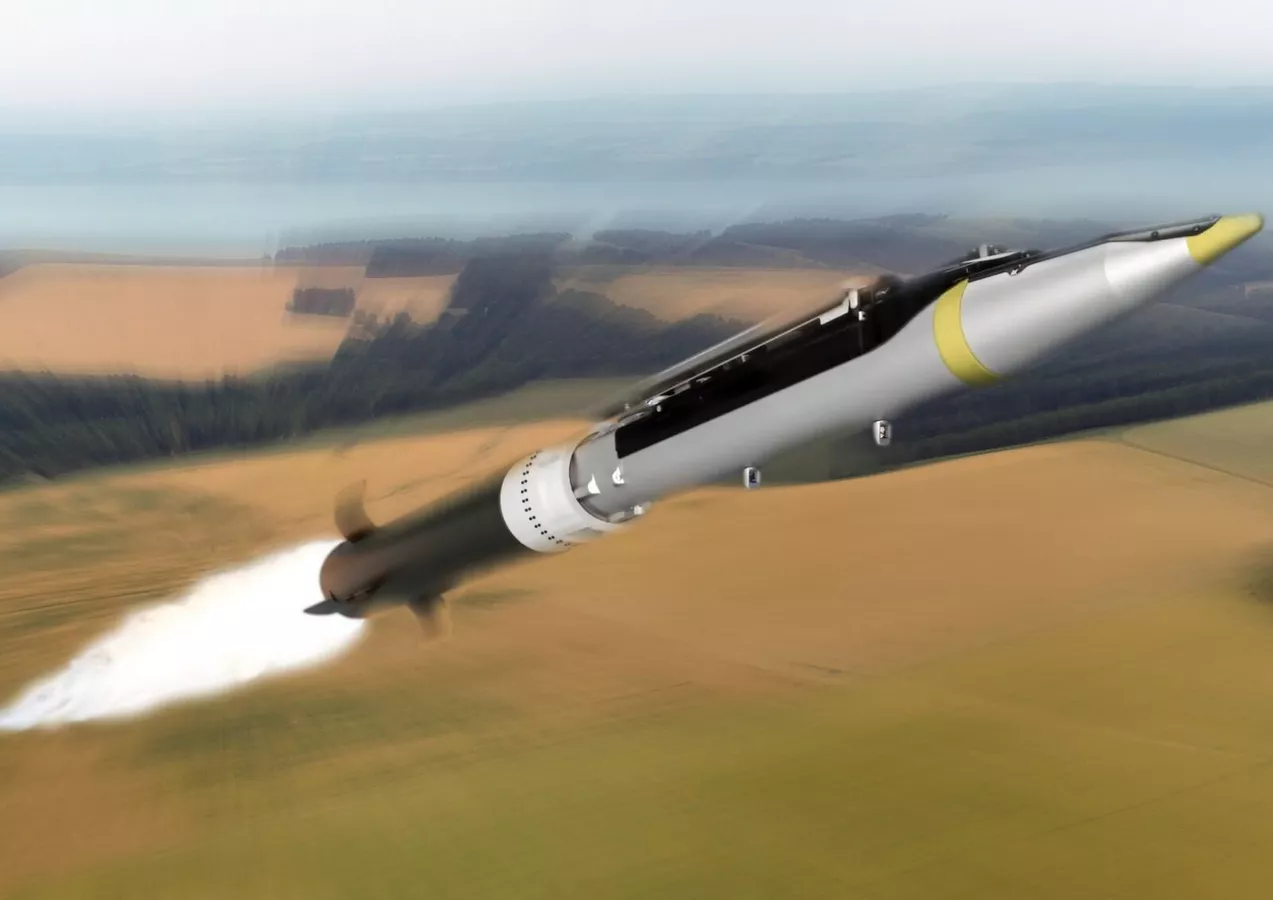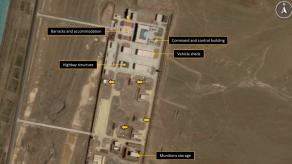There are problems with the combat use of Ground-Launched Small Diameter Bomb (GLSDB) in Ukraine, the U.S. Department of Defense admitted during a military forum in late April. Precisely, the weapon turned out vulnerable to suppression by electronic warfare systems.
But it seems there's no such issue with the air-launched sister of this bomb, the SDB, as evidenced by many photos online showing the MiG-29 fighters of the Ukrainian Air Force regularly using them for precision strikes on russian positions.
Read more: Ukraine's Strike on russians in Vovchansk Testifies Precision-Guided Bombs Do Can Be Useful
Here we should remind you that the GLSDB is a hybrid of SDB (a.k.a. GBU-39) and M26 rocket booster that allows it to be launched from an M142 High Mobility Artillery Rocket System — HIMARS. That is, the centerpiece is the same bomb, with no additional adjustments, modernizations, or special adaptations for an alternative launch platform. Yet somehow, a Ground-Launched SDB fired from HIMARS has issues with EW interference with its satellite navigation system, while the air-launched SDB doesn't.

The situation is perplexing but the answer is quite simple, actually. It's not about the weapon's inherent EW resistance but about the tactics of application, the targets of strikes, and their location. When it comes to GLSDB with its maximum attack range of 150 km, the potential targets are those situated up to 120–130 km from the frontline. And more importantly, they must be stationary, such as ammunition and fuel depots, command centers, communication nodes, etc.
This category of targets russian invasion forces commonly try to keep protected by electronic warfare systems, not just portable tactical ones but powerful equipment like the Tirada-2 satellite network jammer, and others. Moreover, similar systems could be deployed in the way of potential enemy attack directions, thus deploying a uniform field of suppression where no satellite navigation is working.
Sure, GBU-39 can work even without satellite navigation. After all, it also has inertial guidance. For a reminder, its working principle is that it autonomously calculates its current position in real-time based on the input parameters of speed, time and vector.

The problem, however, is that all inertial systems are affected by the error that increases the farther the weapon travels. Due to this accumulated error, the bomb could land 30 to 50 meters away from its intended target, instead of GLSDB's standard accuracy of 1–3 meters from the target. As Defense Express explained in one of the previous articles, such deviation is critical for the GBU-39 because its humble weight of 93 kilograms, of which the warhead is 36 kg, cannot compensate for the lowered accuracy with firepower.
Now back to the classic air-launched version. Media often write that the operational range of SDB is 110 km. But according to the official data from the Pentagon's Defense Technical Information Center, the range of Small Diameter Bomb is 92 km when released at a subsonic speed from an altitude of 12 km, or 137 km when dropped at supersonic from 15 km high.

Currently, Ukraine cannot use aviation at such altitudes because the russian forces deploy their S-400 air defense systems mere 40–60 km from the frontline, which have 48N6DM interceptors capable of reaching high-altitude targets from 250 km away.
In other words, the only way of firing SDBs available to the Ukrainian Air Force is during a climb maneuver at a low altitude. The exact range of SDB in these conditions is not mentioned in any public documents, but we could use the experience of utilizing JDAM-ER bombs as a reference.
The JDAM-ER, though more precisely its direct predecessor, the Australian Kerkanya, when launched from a 600-meter altitude during a climb had its maximum range drop by 3 times. Accordingly, for a GBU-39 released the same way the farthest it can reach is approximately 30 km, and we should also subtract some "safety" kilometers from the frontline.

And thus, most likely, the real range of using SDB with the MiG-29 can be up to 20–25 km under current conditions. This means that the air-launched SDB is unlikely to come under the influence of powerful EW means for a long time, and therefore the inertial system does not have time to accumulate a significant error.
We should also recall that for other countries all these issues with GLSDB are irrelevant because since the end of the tests in 2019, the only operator of this system remains Ukraine. The GLSDBs for Ukrainians were specially ordered as part of military aid from the United States. Meanwhile, for the U.S. itself, even these possible problems with the GBU-39 are not critical, as this weapon was developed as a provisional solution and is now being replaced by the more advanced GBU-53/B.
Read more: Special JDAM-ER with Anti-EW Homing Head are Prepared to Transfer from U.S. to Ukraine














